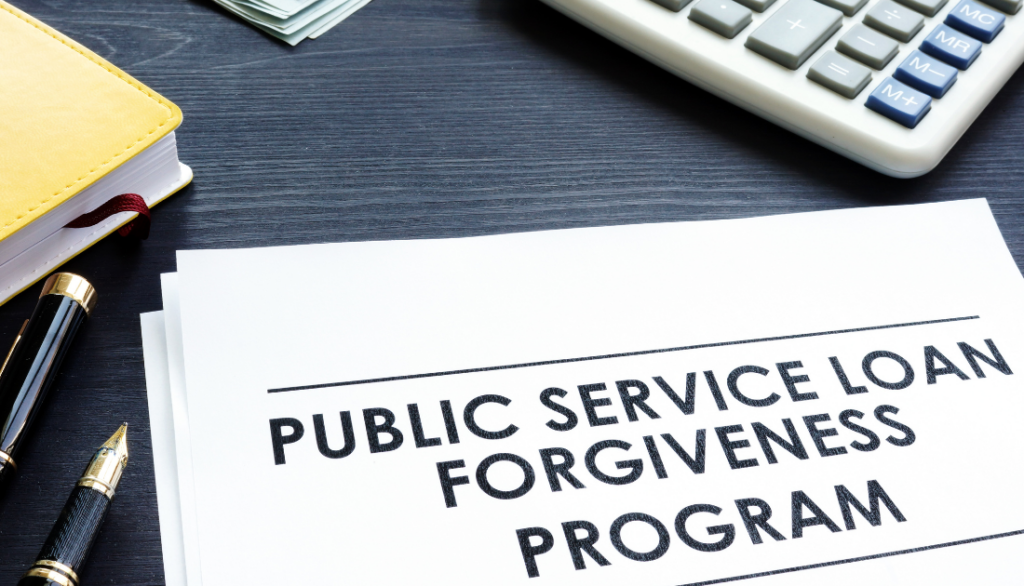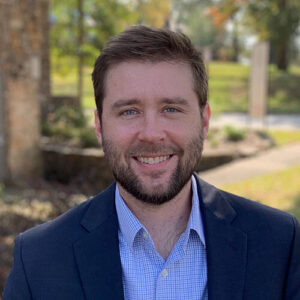Doctors play an invaluable role in society, working tirelessly to save lives and provide essential care. However, the path to becoming a healthcare professional often comes with a significant financial burden, especially as the cost of education continues to rise.
The Public Service Loan Forgiveness (PSLF) program offers a ray of hope for physicians, dentists and veterinarians by providing a path to manage their student loan debt.
Understanding Public Service Loan Forgiveness
The Public Service Loan Forgiveness program was established in 2007 with the goal of encouraging individuals to pursue careers in public service and alleviate the burden of student loan debt.
Under this program, eligible borrowers who work full-time for a qualified public service employer can have their remaining federal student loan balance forgiven after making 120 qualifying monthly payments.
Learn more about PSLF and the requirements for eligibility here.
Public Service Loan Forgiveness For Physicians
The average medical school graduate owes $202,450 in medical school debt and $250,990 in total student loan debt, according to the Education Data Initiative. According to Medscape, 21% of physicians are currently paying back their student loans.
With this level of debt post-graduation, it can take years or decades to repay these loans, but PSLF can be a great option for physicians. Of the three doctor-jobs mentioned, physicians likely have the most options for PSLF-qualifying jobs. Eligible jobs include 501(c)(3) organizations including most university and community hospitals, military or public health corps, VA employees, and nonprofit public health organizations.
Additionally, a significant number of residency and fellowship positions qualify for PSLF. This means you can begin making the 120 required payments while still in training. Your payments will likely be small because of the low salary residents typically receive. Making PSLF qualifying payments while in residency can reduce the length of time you will need to stay in a qualifying job and make payments, once you become an attending.
Public Service Loan Forgiveness For Dentists
According to the Education Data Initiative, the average dental school debt is $286,200, and the total student loan debt owed by the average dental school graduate is $293,900.
For dental professionals, PSLF can be much more difficult to achieve. Because the majority of dental practices are owned privately or by DSOs, it is more difficult to find PSLF-qualifying employers. The most common qualifying employers for dentists are nonprofit hospitals, VA hospitals and dental schools.
Like physicians, residency can be beneficial to pursuing PSLF. According to Dental Economics, most dental residency and fellowship programs qualify for the program. This allows dental trainees to begin the PSLF process before becoming a practicing dentist and reap all the same benefits mentioned above for medical trainees (low qualifying payments and less time needed to stay in a qualifying job and make payments, once a practicing dentist).
Public Service Loan Forgiveness For Veterinarians
According to the American Veterinary Medical Association, veterinarians graduate with an average of $150,000 in student debt.
Like dentists, veterinary jobs don’t qualify for PSLF as often as physician jobs. Qualifying employers for PSLF for veterinarians include nonprofit animal welfare organizations, shelters or government agencies like the Department of Agriculture.
Though PSLF qualifying jobs are harder to find for veterinarians, having a heavy student debt burden removed can be incredibly beneficial to your long-term financial health.
Navigating The PSLF Program
While PSLF is an excellent opportunity for physicians, dentists and veterinarians, navigating its requirements can be complex. To maximize the chances of receiving loan forgiveness, it is crucial to understand and meet the program’s criteria. Here are some essential steps to consider:
- Confirm eligibility: Ensure that you are working full-time for a qualified public service employer and have eligible federal student loans. Private student loans do not qualify. Direct loans and Federal Family Education Loans (FFEL) can qualify, but FFEL loans must be consolidated into a Direct Consolidation Loan.
- Enroll in an income-driven repayment plan: Choose an income-driven repayment plan that suits your financial circumstances. Options include Income-Based Repayment (IBR), Pay As You Earn (PAYE), and Revised Pay As You Earn (REPAYE). Enrolling in one of these plans is a prerequisite for PSLF.
- Employment certification: Submit the Employment Certification Form annually or when changing employers to ensure you are on the right track. This form helps track your qualifying payments and verifies your employment in a public service organization.
- Stay on track: Make 120 qualifying monthly payments while working full-time for a qualified public service employer. Maintaining accurate records of payments, employment, and loan types will help ensure a smooth application process for loan forgiveness.
Want to know more about PSLF?
For doctors burdened by student loan debt, the Public Service Loan Forgiveness program offers a beacon of hope. By committing a portion of your career to public service and meeting the program’s requirements, you could have your federal student loans forgiven, providing financial relief and allowing you to focus on your work.
If PSLF isn’t an option, there are other student loan management tools that could be right for you, including refinancing. Panacea Financial offers medical, dental and veterinary school loan refinancing with transparent rates, no maximum and a 24/7 Concierge Desk to help with any need. Learn more about refinancing here.
For more information about student loans, visit our Resources page or check out one of our curated articles below:
- What Doctors Need To Know About Biden’s Income-Driven Repayment Plan
- A Doctor’s Guide To Refinancing Student Loans
- Pros and Cons of Public Service Loan Forgiveness for Doctors
- Pros & Cons Of Paying Student Loans Off Early, According To Financial Planners
Panacea Financial, a division of Primis. Member FDIC.



